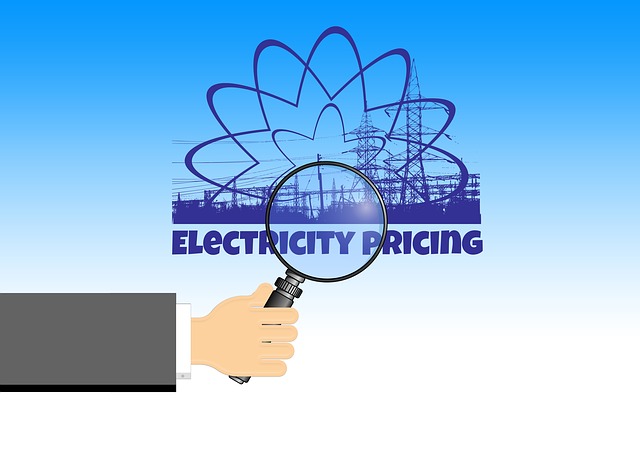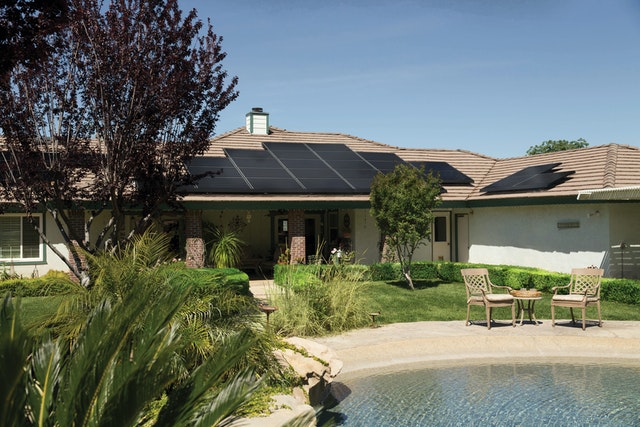

Several things can have an impact on power pricing. Some of the most common include fuel, capacity, and competition. The cost of fuel is the most significant factor affecting your electricity rates. If natural gas prices increase, your electricity rates will rise. Distribution prices reflect a utility’s rate base, the set of assets that will earn a return. Prices also pass through changes in generation power costs.
Contents
Weather
The weather is one of the most significant factors affecting electricity prices. High temperatures increase the demand for air conditioning and may reduce the capacity of existing generation assets. Low rainfall and wind speeds limit power generation from renewable sources, leading to higher electricity prices. Currently, most of Britain’s generation is provided by fossil fuel and nuclear plants, which are sensitive to weather conditions. A hot summer can therefore lead to shortages of available energy supplies. The ability of electricity systems to deal with the effects of changing climate patterns is becoming increasingly important. It will require new investments in flexible technologies such as batteries and electric vehicles. It will also require changes in consumer behavior to reduce the energy demand when the weather is terrible.
Fuel
Fossil fuel prices are a critical factor in electricity prices. They have spiked since last year because of rising demand (driven by the Covid pandemic) and a lack of supply. Natural gas, which accounts for about 38% of US energy production, has been the biggest driver behind the price increase. Many energy companies have switched from drilling for oil to extracting natural gas in massive shale fields, and these changes are now reflected in higher wholesale prices for both fossil fuels and electricity. Power plants must also pay for the transmission and distribution system and overhead costs like labor and maintenance. And some for-profit utilities also include a financial return for owners and shareholders in their electricity prices. All these factors create electricity prices that change minute by minute or season by season. It is especially true in the summer when high electricity demand drives prices even more. It needs updating to protect small businesses from these price spikes.
Capacity
In many regions, a customer’s capacity rate is one of the most significant components of their electricity bill. It is because it’s based on their peak energy usage during a given timeframe. Capacity rates are set annually and can be lowered by effectively managing your usage during peak demand periods. Grid operators use various methods to guarantee power generation is available for peak-demand hours. These include a forward capacity market that draws investment into new power plants or existing facilities. High prices in the energy market can also act as an economic signal to encourage generators to supply the needed capacity. While the third group of factors (fees for network capacity utilization and losses in the transmission system) may contribute to a customer’s total price per kWh, studies show that they do not significantly affect the formation of your overall electricity costs. That’s why it is essential to understand your general electricity cost drivers and how they impact your energy price.
Competition
The amount of electricity a customer consumes can influence the prices they pay. High demand during the summer, for example, can push rates up. It is because generating and distributing more electricity requires fuels like natural gas. The costs of the fuels will then rise to match the extra production. Competition is another factor that influences price. Historically, utilities controlled the market, but changes have allowed more independent companies to buy and sell power. Advances in technology have also lowered generating costs, and legislation has helped to open markets. Various state regulations and the location of a residence or business can also affect prices. Residential and commercial consumers typically pay higher fees than industrial customers. The electricity must be stepped down from higher voltages before reaching the consumer. In addition, financial speculation can drive up prices.
Regulation
The energy grid is a complex machine that includes financing, construction, and operation of power plants. In addition, some for-profit utilities also have a financial return to their owners and shareholders in their electricity prices. The analyzed factors are divided into three groups based on the incentive methodology used by the Energy Regulatory Agency: the cost of electricity generation, transmission and distribution costs, and fees for organizing the market and supplying the electricity. The results indicate that the first group has the most significant impact on the formation of electricity prices. The other two factors have a minor effect. The second factor, losses in the transmission system, has no significant effect on the formation of electricity prices. It is likely because these losses are relatively small compared to the overall capacity of the transmission system. The third factor, electricity generation costs, has a minor effect on the formation of electricity prices. It may be because electricity generation costs are proportional to the total cost of the entire supply chain.



